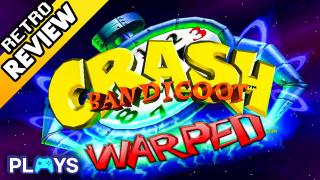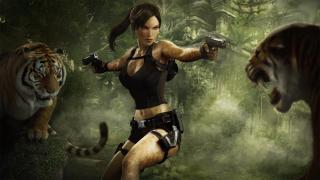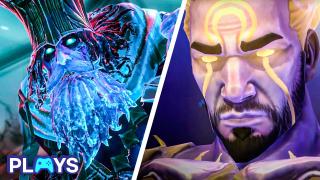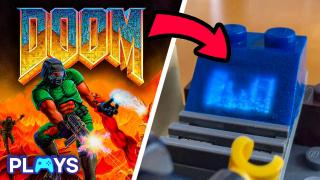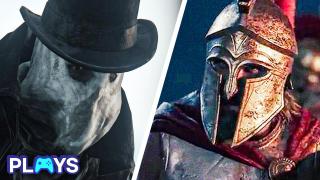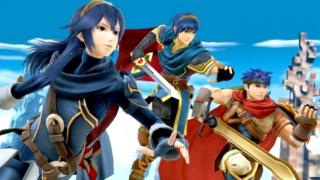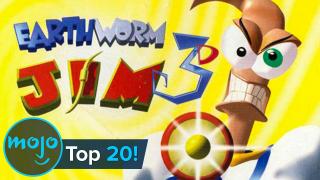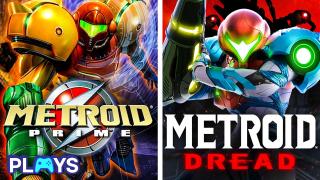10 Games That Revitalized a Franchise
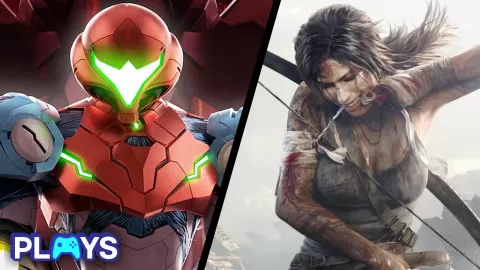
“Crash Bandicoot N. Sane Trilogy” (2017)
Crash Bandicoot: Warped Is Better On PS1
Sometimes, the best way to plan for the future is to look towards the past. Crash had been in a slump for quite a while in the 2000s, leading to a prolonged absence the following decade. However, with a remastered bundle of his first three adventures, the platforming star was thrust back into the limelight. Not only did it remind players how great the games were, but Vicarious Visions brought all the necessary touch-ups to controls and graphics to make it wonderful. Its success led to a remake of “Crash Team Racing,” as well as a brand new installment in 2020’s “Crash Bandicoot 4: It’s About Time.” No matter where he ends up next, it’ll be thanks to this trilogy that he appears at all.
“Tomb Raider” (2013)
Top 10 Tomb Raider Games
While “Tomb Raider” was by no means dormant by the time the 2013 reboot released, it was in desperate need of a change. Although they reviewed well, sales numbers of previous entries were down; 2007’s “Anniversary” remains the lowest-selling game in the series. Many players were flocking to more narrative of character-driven games, and so this entry gave them what they wanted. The game follows a pre-fame Lara on her earliest expedition, which goes about as far South as it possibly can. A harsh island environment populated by a deadly cult forced Lara to fight for her survival, focusing more on her characterization than ever before. It earned rave reviews and sequels, and is the highest selling “Tomb Raider” to this day.
“Prince of Persia: The Lost Crown” (2024)
Hardest Bosses in Prince of Persia The Lost Crown
Ubisoft’s “Prince of Persia” series led the charge of action adventure games taking over the AAA space in the early 2000s. But after it got outshone by other similar franchises, including Ubisoft’s “Assassin’s Creed,” it disappeared following a lackluster entry in 2010. Cut to fourteen years later, and Ubisoft brought the IP back in glorious, Metroidvania fashion. “The Lost Crown” is one of the best entries into the genre in recent years, which is actually saying a lot. The combat is both smooth and intense, especially in boss fights, the trap and obstacle designs are superb, and the renewed focus on Persian mythos made for an engaging world. Sadly, revitalization doesn’t necessarily equate to high sales, which has so far been this game’s fate.
“Doom” (2016)
The 20 Weirdest Ways to Play DOOM
Where would the FPS be without “Doom?” It’s a worrying prospect, for sure. But following a somewhat divisive venture into survival horror with 2004’s “Doom 3,” the franchise went on ice. That was never the intention of developer id Software, who began work on a “Doom 4” not long after the third game’s release. However, trouble behind the scenes caused development to be restarted, and word on the sequel went quiet for several years. When “Doom” finally returned with a reboot in 2016, it was quickly heralded as one of the best FPS campaigns ever released. Each combat encounter, no matter the size of the demon, felt injected with adrenaline, with mechanics so fluid, we simply couldn’t put our controllers down. Everyone loved it, and asked for a sequel, which we eventually got in 2020’s “Eternal.”
“Assassin’s Creed Origins” (2017)
20 Real-Life Historical Events In Assassin's Creed Games
At the peak of its popularity, Ubisoft made the mistake of releasing too many “Assassin’s Creed” games in quick succession. The launch of 2014’s “Unity” was not only met with backlash due to technical issues, but impacted the sales of the next game, 2015’s “Syndicate.” In order to combat player fatigue, the studio chose to take some extra time and rework the franchise for what came next, which was clearly the right call. “Origins” took players to ancient Egypt, going back further and growing grander than any other entry at that point. It injected RPG elements into the action adventure formula, adding variety to how you played. Despite the fact that players would later crave a return to the series’ roots, this is exactly what “Assassin’s Creed” needed at the time.
“Fire Emblem Awakening” (2012)
Top 10 Fire Emblem Characters
“Three Houses” may now be the most popular entry, but that never would’ve been possible without “Awakening.” Previously a Japan-only series, “Fire Emblem” came to the West after several characters gained fame in “Super Smash Bros.” However, while many enjoyed brawling as Ike or Marth, it seems most didn’t care about their roots. Sales were at such a low point that “Awakening” was planned to be a possible final installment during development. Obviously, that didn’t happen. It received almost unanimous praise for how it brought together elements from multiple entries, as well as made it easier for newcomers through the option to turn off permadeath. In addition to reviewing and selling strongly, saving the series from death, “Awakening” increased sales of the 3DS.
“Wolfenstein: The New Order” (2014)
Top 20 Video Games That Ruined Their Franchise
Although 1992’s “Wolfenstein 3D” is a historically vital piece of gaming history, the franchise would struggle to reach anywhere close to those heights ever again. That is, until 2014’s “The New Order.” By giving the game its own unique history, set in an alternate 1960s where Nazis won WWII, it immediately set itself apart while giving players a universally despised force to go up against. Almost absurd in its levels of violence and dastardly villains, we all took great pleasure in ruthlessly dismantling our enemies. And we did so with some of the fiercest, most exciting gunplay an FPS can offer. Naturally, it received spin-offs and a 2017 sequel, with a third mainline game currently in development.
“Mortal Kombat” (2011)
Top 10 Mortal Kombat Games
Once a paragon of the arcade fighting community, “Mortal Kombat” struggled to innovate in the 2000s, or stand out amongst others beyond its violence and gore. Thankfully, that changed with the 2011 reboot. It placed much more emphasis on its story mode than many other fighters, adapting and changing events from the first three games. Additionally, because it was a reboot of earlier stories, the roster was also scaled back to include only the most well-known and beloved kombatants, some of whom were reimagined in unique ways. NetherRealm refined their core experience, cutting out the bloat, to deliver a fighter that both recaptured the glory days and paved the way for a bright future.
“Metroid Dread” (2021)
Every Metroid Game RANKED
Before the release of “Dread,” the “Metroid” series was not in a great state. Poorly received entries like the Wii’s “Other M” and the multiplayer 3DS spin-off, “Federation Force,” saw to that. While a 2017 remake of “Samus Returns” was a nice bright spot, it wasn’t strong enough to truly revitalize the brand. Fortunately, with “Dread,” Nintendo gave “Samus Returns” developer, MercurySteam, all the tools necessary to craft a new console release, and a damn good one at that. It reminded everyone why the series helped birth the Metroidvania genre. It blended classic elements with one-hit machines that hunted Samus throughout, making for one of the bounty hunter’s most intense missions. “Dread” became the best-selling game in the series, and was followed up by a glorious remaster of “Metroid Prime.”
“Resident Evil VII: Biohazard” (2017)
“Resident Evil 4” might still be the best game in Capcom’s survival horror series. But it introduced a little more action, which went on to sour many fans. By the time we got to “Resident Evil 6,” the scales had tipped so far towards the other side that it barely resembled the franchise that had terrified so many players previously. Thankfully, Capcom responded accordingly. The seventh game brought new elements like a first-person view and a new protagonist. But more importantly, it was downright pee-your-pants scary, from its derelict, claustrophobic setting to the insanity that is the Baker clan. Capcom managed to right the ship, going much bigger on Horror through remakes of classic entries and an even stronger sequel, 2021’s “Village.” And we’ll forever be grateful for it. What’s your favorite game that revitalized a franchise? Share your thoughts in the comments and be sure to subscribe to MojoPlays for more great gaming videos every day!


